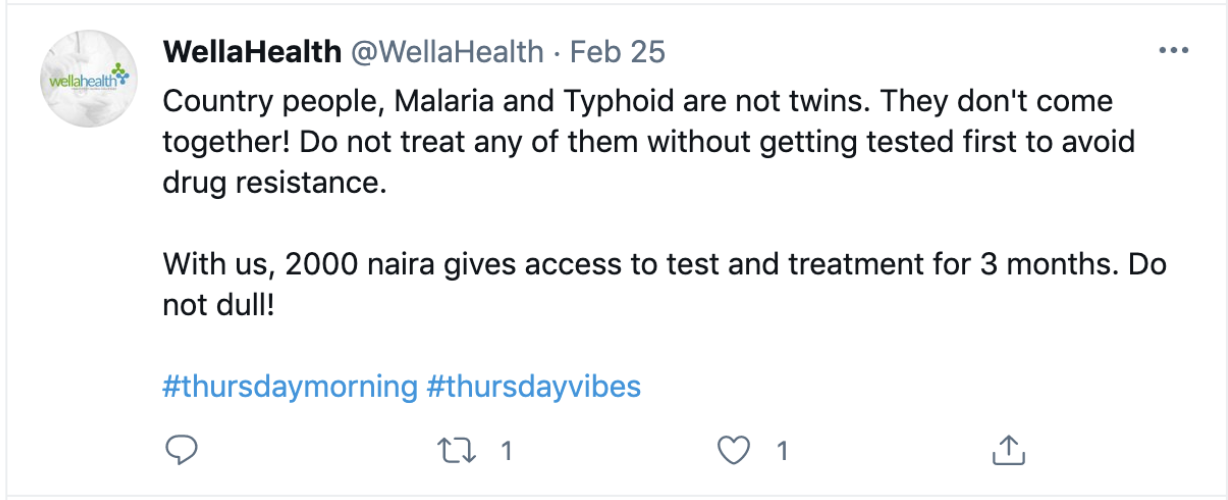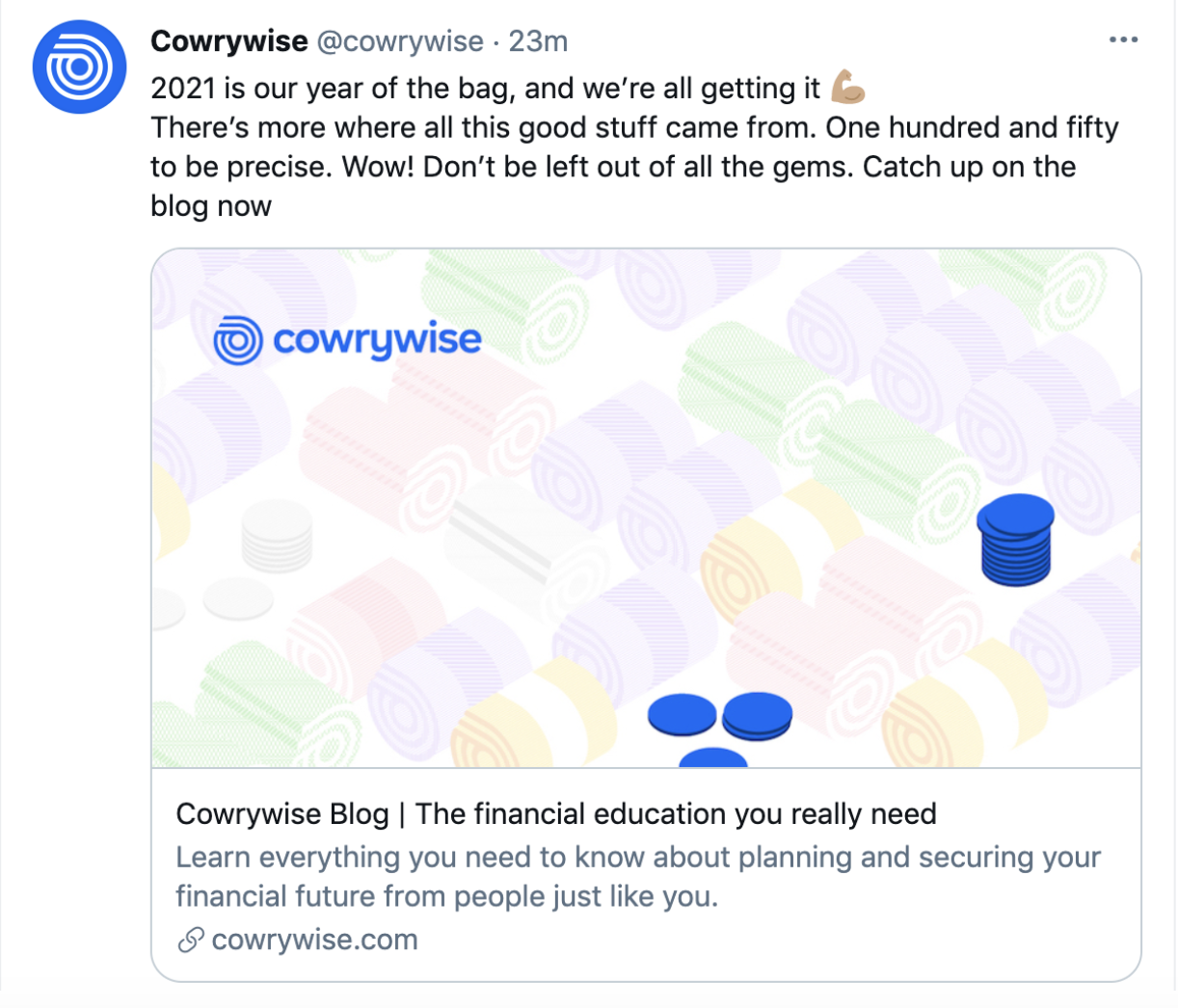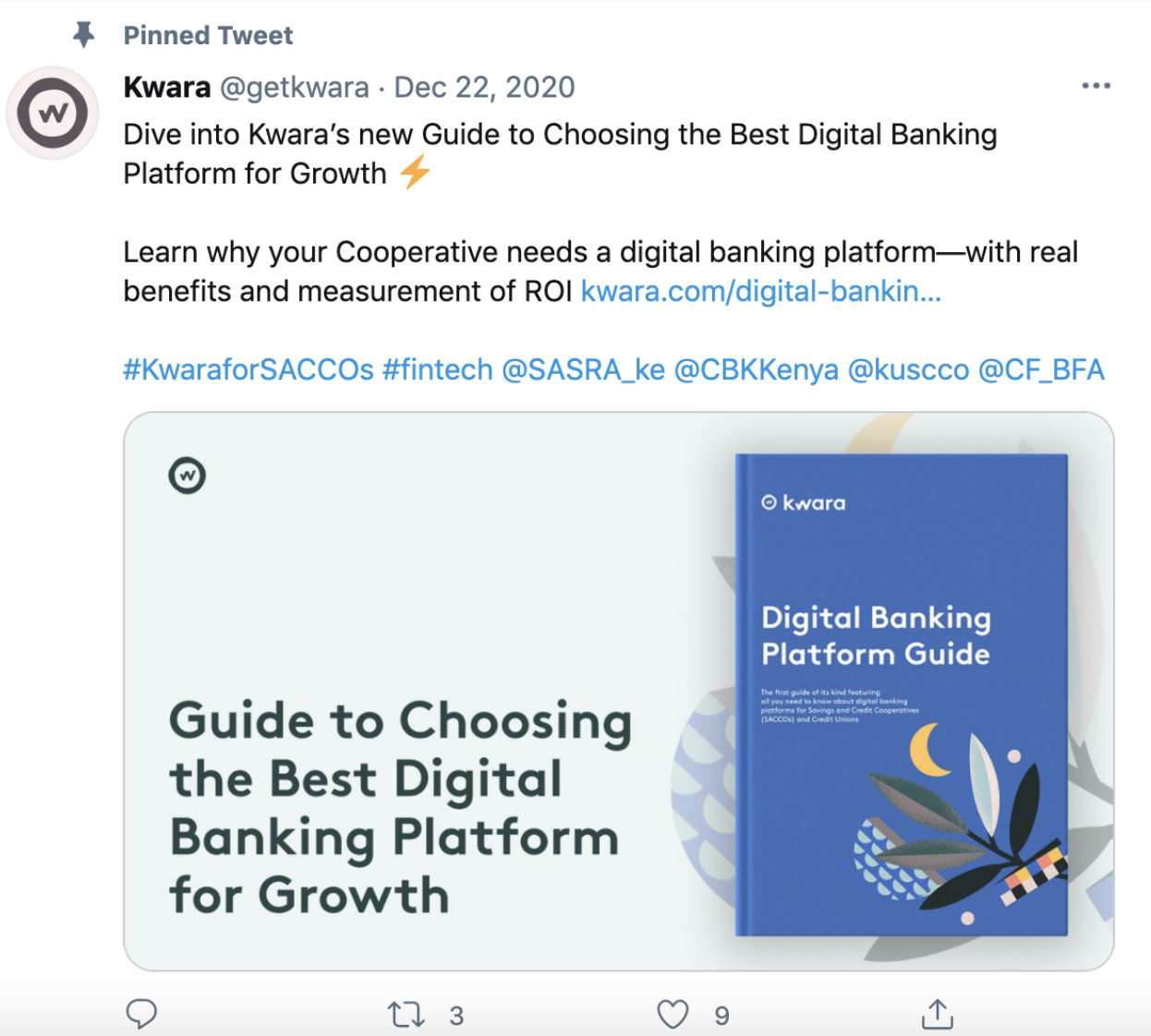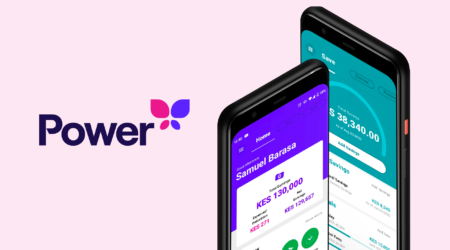Digital marketing for fintech startups: 5 steps and 4 guides for a successful launch
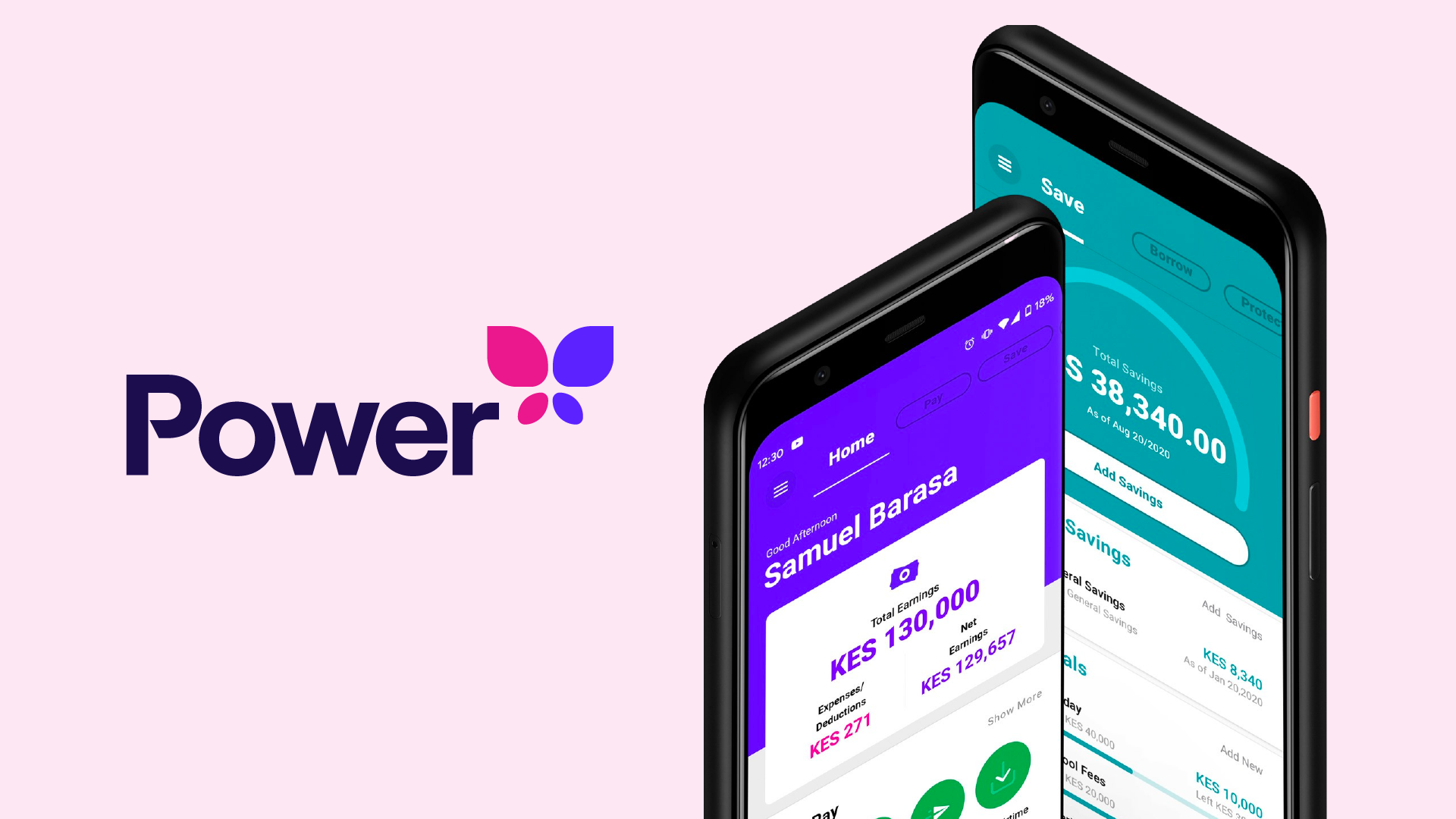
Featuring digital marketing templates by Thea Sokolowski and Akansha Kasera
Early-stage startup founders know that having a digital media presence is critical to their brand, but many struggle to articulate why it matters for their business and how exactly to go about developing a presence. It’s vital that you approach your brand’s social media and digital presence with a targeted strategy, as engaging in social media simply for the sake of it will likely cost your team valuable time and effort and deliver little value. Worse still, such dabbling risks damaging your brand and eroding trust with users.
Catalyst Fund portfolio company Power aims to set Africa’s workforce on a path toward improved financial health. They reach employees and gig workers via a B2B2C approach to offer them a holistic financial wellness platform that includes advanced access to earned wages, savings, and affordable insurance and loans.
As the Power team gears up for their public debut, Catalyst Fund venture builders charted five steps for a digital launch and created four how-to guides outlining key elements of digital marketing. Here is how you can use the guides to launch your own digital strategy.
5 steps to launching your digital brand
Determine your objective
Not all social media platforms and websites serve the same purpose. Before creating content, consider what you ultimately want to achieve with your digital efforts. If your business leverages a B2B2C strategy like Power’s, for instance, your objective is not going to be broad B2C acquisition. Therefore, general AdWords campaigns and brand awareness campaigns on social media should not be your focus.
Instead, you may be looking to reach specific customers or the employees of your B2B partners in order to increase your opt-in rate, to remind them of your product and its association with your B2B partner, to provide additional value via education and helpful content, or to remain top of mind.
In that case, the content you create should be targeted to those end users, specific to their needs and challenges, and would assume they already have a baseline understanding of your brand. Similarly, any paid campaigns should target one of the overall objectives you established. See our how to guide on creating and measuring digital campaigns here.
A note on LinkedIn
Particularly for inclusive fintech startups leveraging B2B or B2B2C strategies, LinkedIn might play a very different role than other social channels would. Whereas your product’s end users are very likely to be active on Twitter, Instagram, Facebook, or TikTok (depending on your target audience) in their personal lives, this may not be the case for LinkedIn. Rather, the audience on LinkedIn will more likely be composed of the businesses you are targeting, investors, potential new hires for your team, and other members of the tech community.
As such, you’ll need to employ a very different content and messaging strategy that is much more professional and business-oriented than the B2C-focused content you might create for other channels. Your LinkedIn content should highlight benefits for businesses you’re looking to partner with as well as a peek into daily life at your company, rather than speaking directly to end users.
Create a solid foundation for your owned digital media
When it comes to your website, even if it’s simple in the early days, building each element on a solid digital foundation that is well-optimized for search will set you up for future success. Such a foundation will include:
- A keyword list: Determine the core search terms you want your brand to rank for, and make sure they are used throughout your site, from the url, to headlines, to meta data and throughout the body copy.
- SEO: Meta descriptions, meta tags and alt tags. Make sure each page of your website is properly tagged and labeled for search, and includes the keywords you established above. Create alt descriptions and titles for each image on your site.
- A blog: Most startups won’t need to post very often, but if search is important for your brand, you want to have at least 2-3 core pieces published at launch that introduce your product and answer questions your audience might search for, and try to post keyword-rich pieces fairly consistently moving forward, to help your search authority and to give customers something to research when it comes to your brand.
Pro tip: Use tools like SEMRush for keyword research and BuzzSumo for content ideas that match phrases often searched by your target audience. Write blogs that use those phrases in the title. For example, How do I get started with saving? or 3 types of insurance for young families.
You can take one piece of longer-form content and break it into a number of shorter social media posts using different formats, and re-share over time, all linking back to your website. See our how to guide on repackaging content here.
Determine your optimal channel strategy and response strategy
It is not necessary to have a presence on all channels. Do some user research to understand which channels your audience uses and, especially in early days, consider which will require the lowest lift from your team. Then, think about the content format that makes most sense to reach your audience.
If your target audience is lower-income or has lower literacy rates, for instance, they likely aren’t using Google to search for long-form content. Instead, short, visual videos on Facebook and Instagram, or IVR (voice recording) messages sent via SMS or WhatsApp might make more sense.
Pro tip: It’s much better to start with just a few channels and post to them consistently, than to launch too many and have them remain stagnant.
When you start posting regularly on social media, make sure you also have a plan in place in the event of any public backlash against your brand, your product, or your industry. Craft some pre-written posts that your team can share in response to any negative comments so as to avoid any escalation. See our how to guide on managing social media crises here.
Establish your tone of voice and brand personality
Determine who you want your brand to be and what it should sound like, and ensure consistency across channels so users know what to expect. For instance, is your brand more casual, friendly and colloquial, or should it remain formal and educational? Note your approach for social media may differ on your LinkedIn channel.
For example, two B2C Catalyst Fund startups in Nigeria, Cowrywise and WellaHealth, employ casual and friendly language – often including slang – in their social media to position themselves as a friendly companion, while remaining informative and educational. Note the use of exclamation points and local terms in their content.
Meanwhile, Catalyst Fund portfolio company Kwara, a B2B brand that targets SACCOs in Kenya, has educational and informative content with a much more formal and professional tone. For example, they use widely-understood industry jargon while still employing use of emojis.
Create a full content calendar leading up to launch
The last thing you want users to see is a social media handle with no content and an empty blog. This gives an unprofessional, untrustworthy impression for users that are trying to get to know your company. If you are preparing for a public launch, make sure your channels have several relevant posts already live, and ensure you have consistent content scheduled ahead of time (for instance, using a tool like Hootsuite). We recommend scheduling a content calendar at least one month out before you’re ready to go public, consisting of both original and curated content. See our how to guide on creating curated content here.
As you prepare for your brand’s digital launch, here are our four how-to guides to get you started:
